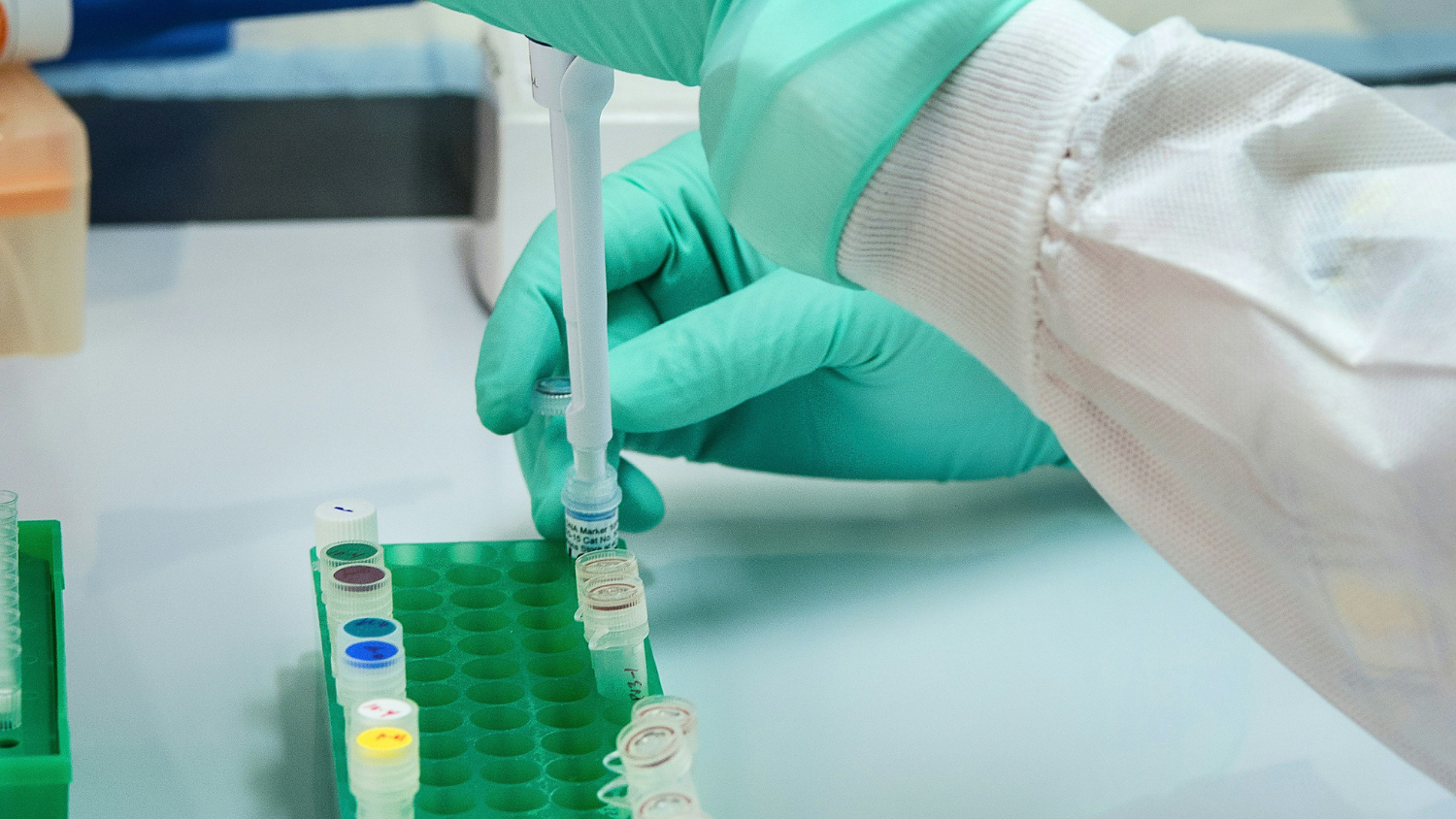The Role of Precious Metals in Medical Devices: Advancing Research and Innovation
.png?width=50)
Precious metals like gold, platinum, and silver are invaluable in medical devices for their unique properties, from exceptional biocompatibility and corrosion resistance to outstanding conductivity. These qualities make them ideal for devices that demand both safety and durability, whether in long-term implants or sophisticated diagnostic equipment. Additionally, their natural antimicrobial effects provide added benefits in infection-prone environments, reinforcing why precious metals are so widely relied upon in advancing medical technology.
Biocompatibility: Precious metals are known for their compatibility with human tissue, reducing the risk of rejection when used in implants and devices that interact directly with the body.
Corrosion Resistance: Metals like platinum and gold are highly resistant to corrosion, an essential feature in devices that remain in the body over time, such as pacemakers or stents.
Electrical Conductivity: For devices that require precision electrical signals, such as cochlear implants, precious metals offer unparalleled conductivity and reliability.
Antimicrobial Properties: Silver, in particular, has natural antimicrobial properties. This characteristic is vital for devices that may be exposed to potential infection sites, such as wound dressings or surgical instruments.
The unique properties of precious metals enable a range of applications that continue to grow as medical research advances. Some of the most impactful uses include:
Implants and Prosthetics: Gold and titanium are frequently used in implants due to their durability and low reactivity, helping improve patient outcomes.
Diagnostics and Imaging: In imaging, gold nanoparticles are used for their clarity in scans, helping to detect diseases more accurately.
Drug Delivery: Precious metals allow for innovative drug delivery systems that can target specific areas in the body, enhancing the effectiveness of treatments while minimising side effects.
In recent years, research and development into new applications of precious metals in medicine has been accelerating. Through collaboration with world-leading institutions, Advent Research Materials plays a crucial role in providing the high-quality materials that drive pioneering studies.
Recent years have seen a surge in research focused on:
Cancer Treatments: Gold nanoparticles are under investigation for their precision in targeting cancer cells, offering the potential for non-invasive therapies that minimize damage to healthy tissues. Their unique properties enable them to act as drug carriers and enhance radiation dose delivery specifically to cancer cells.
Neural Interfaces: Gold and platinum’s high conductivity is ideal for devices that interface with the nervous system, supporting breakthroughs in treatments for neurological conditions.
Regenerative Medicine: Silver and other precious metals are being explored for their role in promoting cell growth and healing, showing promise in wound care and tissue regeneration.
While the benefits are clear, the use of precious metals also brings challenges, such as high costs and ethical sourcing concerns. Researchers are exploring ways to use these metals more sustainably, including recycling from obsolete devices and developing methods to apply only micro-layers of metal where it’s most needed.
At Advent, we’re committed to supporting breakthroughs in healthcare through reliable access to high-purity precious metals and other materials.
By supplying research institutions and universities with the high-grade materials they need, we enable scientists and engineers to push the boundaries of what’s possible in medical device technology and are proud to play a role in supporting these innovations, collaborating with researchers around the world to advance human health and medical knowledge.
